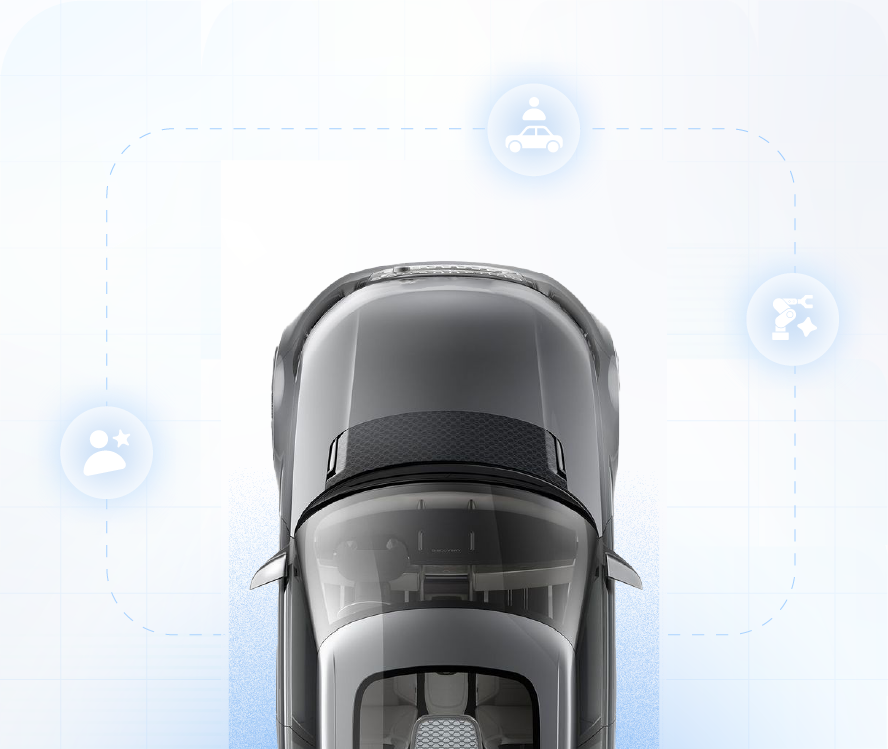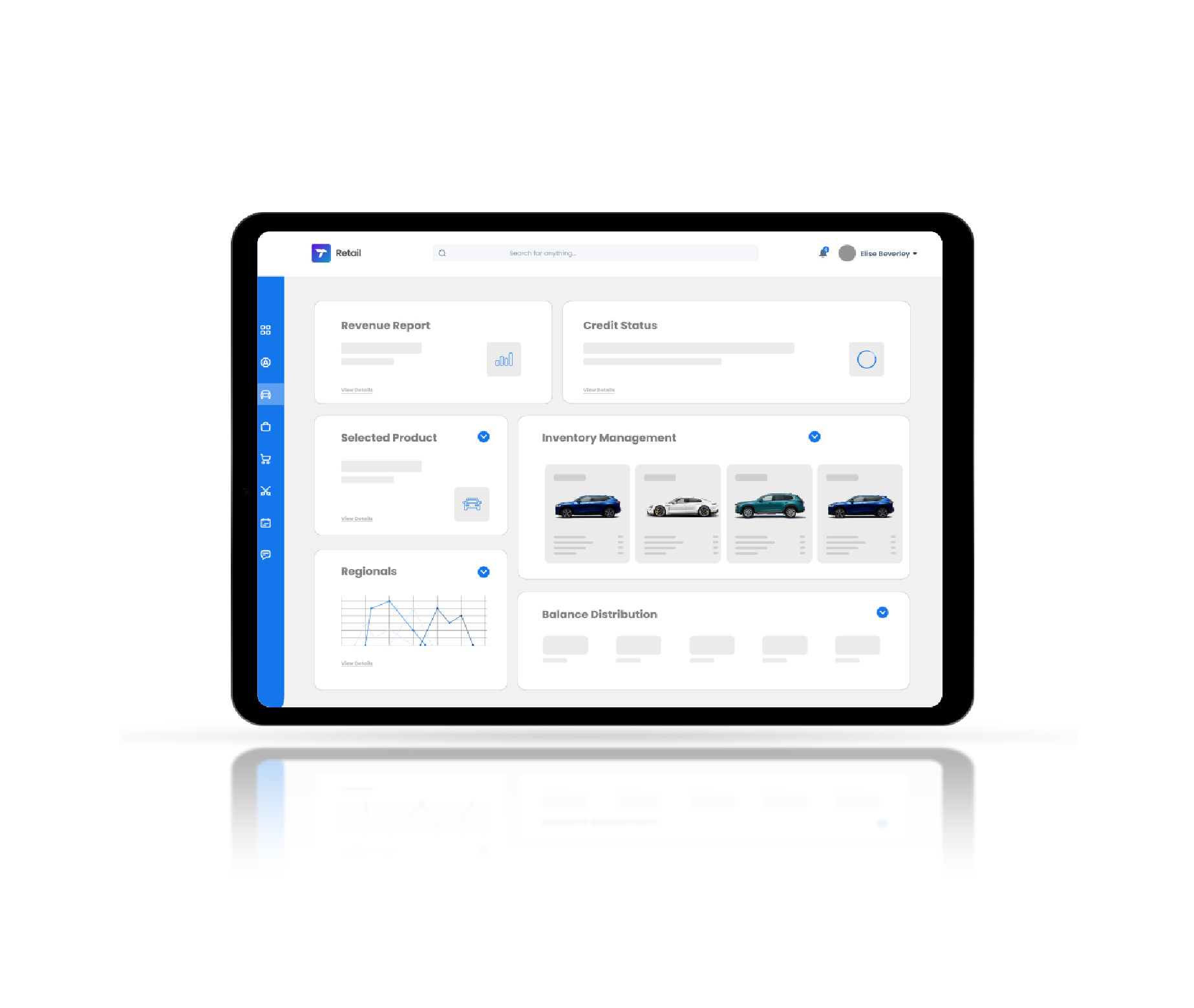Blog
The Impact of Digital Technology on the Leasing Industry
By Najeeb Ghauri, on July 10, 2018
Leasing agreements are highly flexible, can be altered in a number of ways for ex. duration, terms of payment, apportionment of privileges and responsibilities.

In a conventional leasing arrangement, the substantial risks and rewards of ownership are generally transferred to the lessee. However, the actual title of the asset remains with the lessors. Essentially, the lessee can leverage and derive profits from an asset without actually purchasing it outright. Instead, they will continue to make periodic payments to the owner in accordance with the pre-agreed terms of the leasing contract. This contract will also state whether the lessee is entitled to purchase the underlying asset or renew their arrangement at the end of the contract period.
Leasing agreements are highly flexible, and they can be altered in a number of ways (duration, terms of payment, apportionment of privileges and responsibilities) to reflect the lessor's specific circumstances. Operating leases occur where the underlying asset's useful life significantly exceeds the duration of the contract, in which case the cost of maintenance expenses, repairs and regular upkeep is generally borne by the lessors. Real estate leasing is a prime example in this area.
By comparison, finance leases are signed where the asset's useful life corresponds with the duration of the contract, and the asset is usually purchased outright at the end of this period. There are also more complex configurations available, such as sale and leaseback agreements and leveraged/single-investor leases.
The global asset finance and leasing industry has witnessed phenomenal growth over the past four decades. A sector that now exceeds $1 trillion - the finance and leasing industry continues to be resilient, dynamic and soaring to new heights. However, the concepts of finance and leasing date back to thousands of years.
Current global landscape
In light of the competitive advantages obtaining finance provides, it is clear why the Equipment Leasing and Finance Foundation's Monthly Confidence Index in the US shows global confidence rising steadily over the past couple of years. Indeed, an estimated 60% of the investments that are driving the post-recession recovery have come directly from leases, secured loans and asset-backed lines of credit.
The finance and leasing industry is currently soaring with growth in new business volumes for the fifth consecutive year since the global economic crisis. Currently, the US remains the world's largest leasing market. North America has maintained its position as the world's largest market, with new business volume of over $416bn in 2016, representing 37.9% of the total world market share in equipment leased.
Annually, the US and Europe compete for the leading, dominant position in the global leasing market share. Europe accounts for 31.5% of world volume and five European countries (UK, Germany, France, Italy and Sweden) feature in the top 10 countries across the globe for new business, contributing 65% of the total volume.
The largest percentage increase among all regions across the world was witnessed in Asia, where extraordinary growth of 30% was recorded. China continues to be seen as the second largest leasing market, with its ever-increasing huge population and rapid increase in lease and lending across the nation.
In Europe, the UK and Germany are both positioned as the leading countries in terms of their leasing markets. The UK and Germany, placed as the third and fourth most dominant leasing markets in the world, remain the leading players in Europe. They accounted for 13% of the world market and 42% of the European market. Surprisingly, the UK asset finance sector has performed very well despite the challenging economic climate following Brexit. Current role of digital .
In the last decade, digital technologies have changed the way organisations across industries conduct business, and the global finance and leasing industry is no exception. Customers are looking for convenience and improved assistance from finance and leasing companies for a seamless user experience.
Companies that offer their customer a seamless, omnichannel experience, enable them to engage with the organisation anywhere and at any time. Offering an enriched customer experience by becoming truly customercentric and meeting today's high customer expectations increases loyalty, retention and value against digitally agile competitors.
The way payments are facilitated is already being transformed and is likely to change even more with further advancements in the Financial Technologies industry. Debit and credit cards are becoming obsolete and mobile wallets will be the preferred medium for payments in the times to come.
The underlying change brought about by digital technology has changed the outdated marketing model. It has allowed customers to move outside the marketing funnel and research has shown this has changed the way customers research and buy products.
By integrating loan approval/lease process with the internet and digital technologies, an omni-channel experience provides customised, convenient and more customer-centric services. Consequently, the result is an increased retention rate and improved revenues for the company.
Finance and leasing companies are partnering with technology companies to improve the origination experience. They can offer a targeted up-sell and crosssell through an omni-channel presence. Moreover, the enhanced integration with dealers helps in capturing comprehensive customer data and therefore avoiding information follow-up.
Due to powerful connectivity and digital technologies, finance and leasing companies across the world have developed new business models. The asset finance and leasing industry is evolving with digital enablement solutions due to technological evolution including FinTech - which are financial technologies used and applied in the financial services sector such as:
- Artificial Intelligence - which is being utilised in the industry to offer automated credit scoring and processing, more intuitive user interfaces and better assisted customer interactions.
- Virtual Reality - to offer car buyers a unique experience to visualise and customise their vehicles.
- Blockchain - which enables quick, precise transactions in a way that optimises ecosystems and significantly reduces risk.
The use of big data by finance and leasing companies can also result in a better and more comprehensive understanding of customers, competitors, markets, products, services and channels. Further, big data analytics enables stronger decision making, as it creates transparency by analysing and delivering all-important data over networks that can provide superior insight into the organisation.
Big data can enable finance and leasing companies to evaluate potential new market opportunities, develop new products and services, and increase customer satisfaction and therefore maintain customer retention.
The digital future There are currently over four billion internet users, three billion active social media users, and nearly three billion active mobile social users across the world. According to Cisco, there are an estimated number of 20.6 billion networked devices in the world currently. Digital is no longer a futuristic term. The future is now. The entire world is globalised, connected and embracing digital in their everyday lives.
The adoption of digital has already made its way into the asset finance and leasing industry worldwide, by streamlining operations for finance companies and assisting them in optimising their productivity while significantly reducing their costs. For customers, digital provides them with a seamless and superior customer experience and their entire buying journey is likely to be transformed to entirely digital in the near future. Interestingly, in 2020, it is expected that 85% of a customer's brand experience will occur without any human interaction.
Self-service allows companies to provide online support to their customers, and enables end users to use technology to access information and perform routine tasks without requiring any interaction with a live customer service representative from the company.
As with global trends in other industries, asset finance and leasing is fast becoming an all-digital experience. Those finance and leasing institutions that do not digitally transform will soon find themselves in a very precarious position as compared to their more digitally agile competitors.
Related blogs

Blog
The future of wholesale finance: Why mobile technology is transforming OEM-dealer relationships

Blog
Transitioning to smarter dealership operations without disrupting sales

Blog



